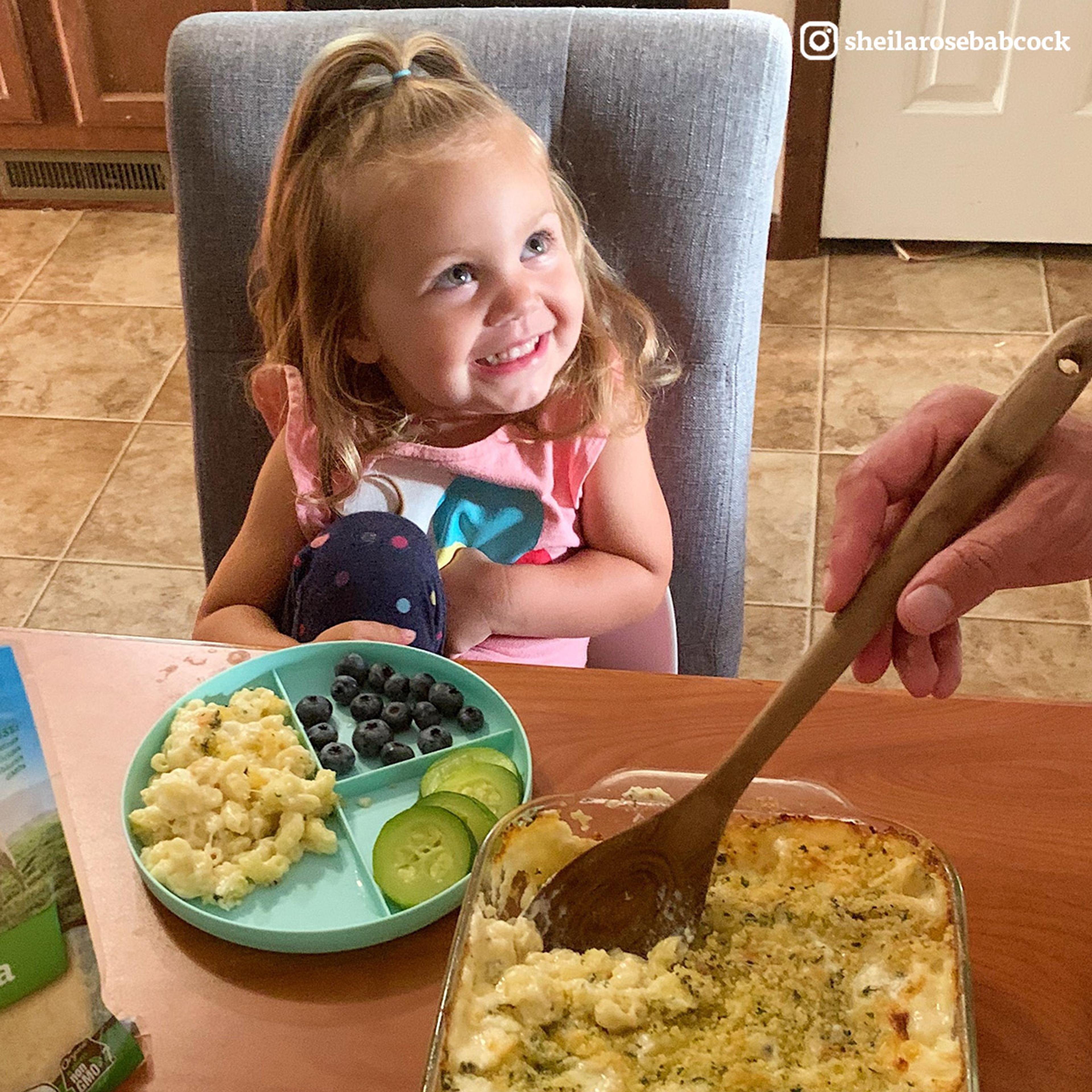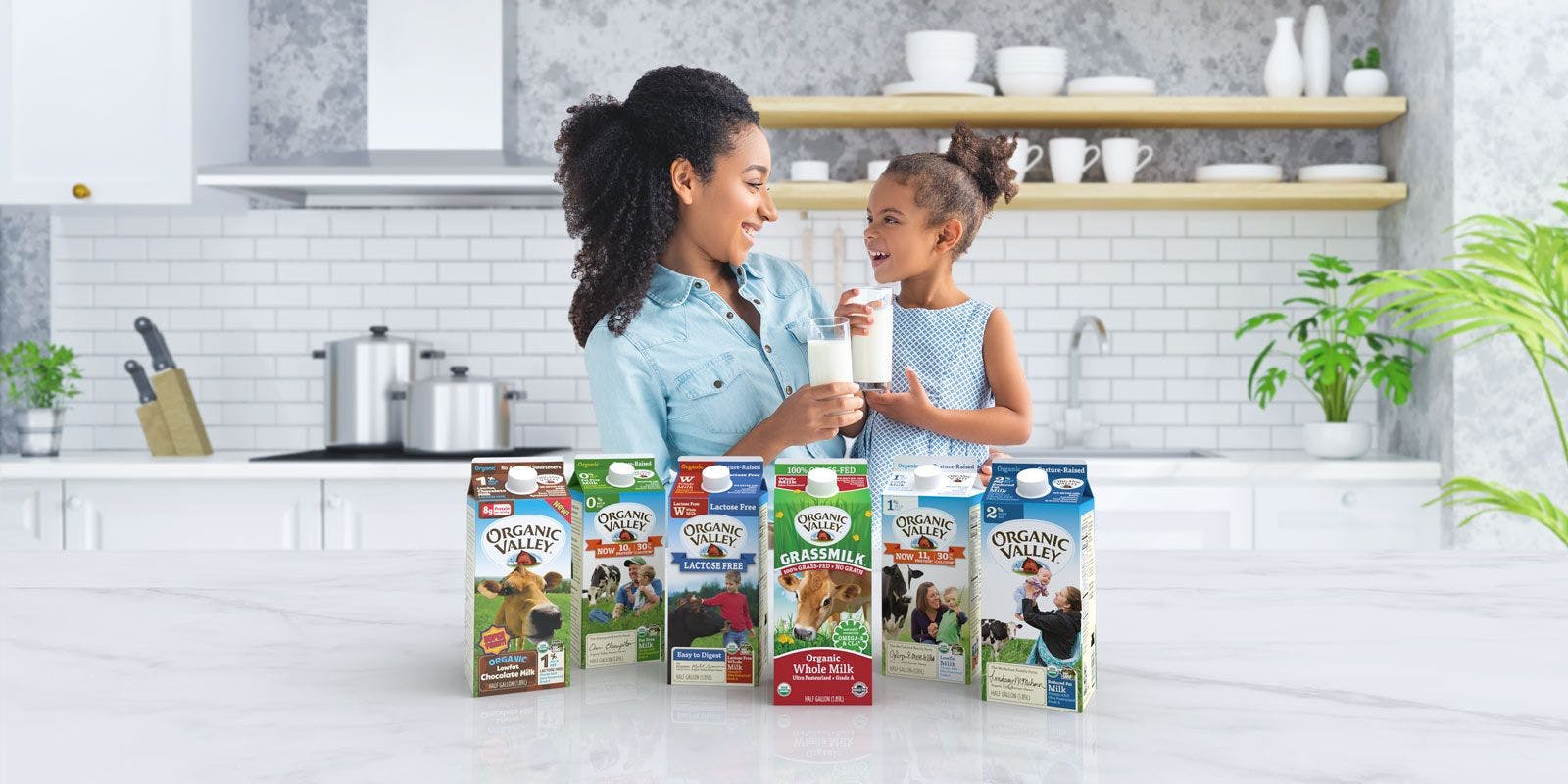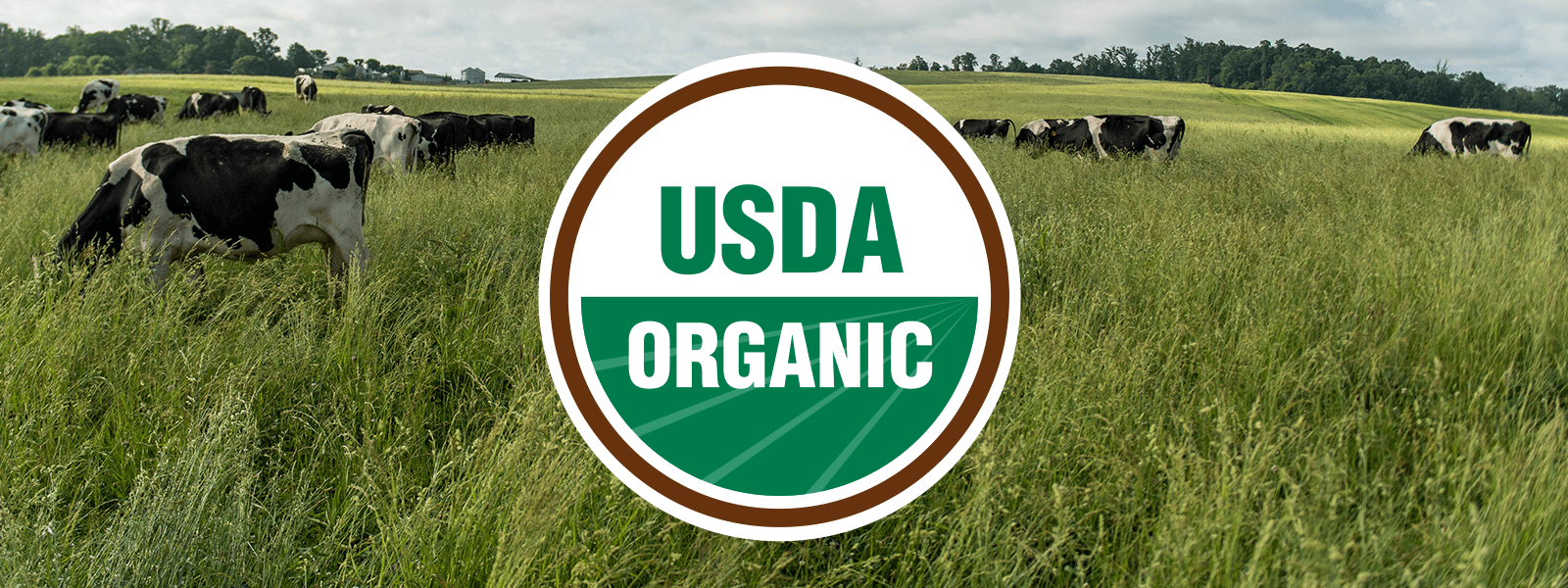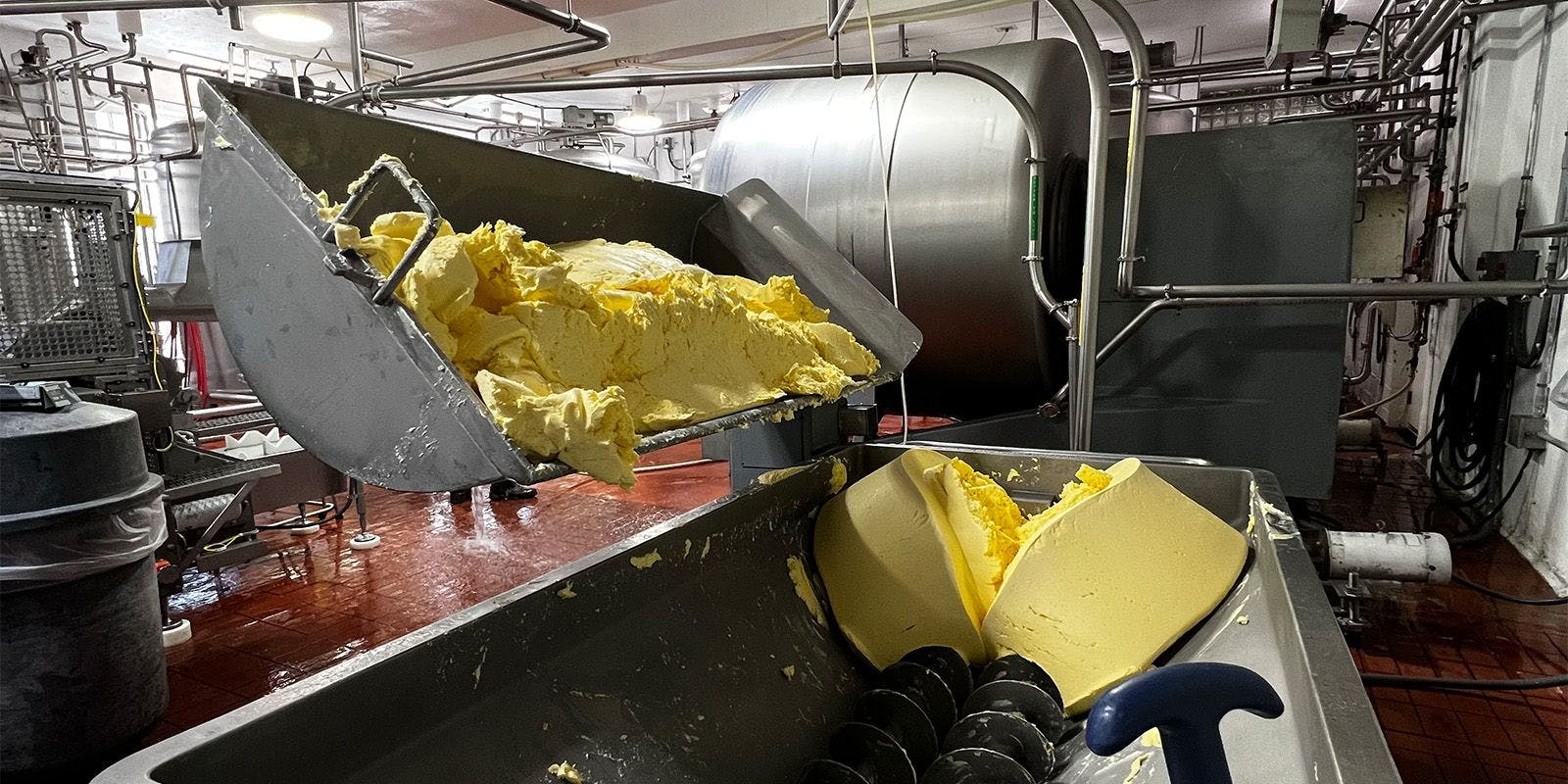
Organic
A Beginner’s Guide to Choosing Organic
There are so many reasons to switch to organic.
Maybe you're a mom-to-be or nursing and want to reduce your baby's exposure to pesticide residues in the food you eat. Maybe you have a growing toddler and are looking for safe, high-quality, and healthy snacks they'll actually eat.
Maybe you're starting to live on your own and want to make sustainable food choices.
Or perhaps something about our food system has you concerned, and you’re ready to make some different choices.
Whatever your life stage, we know there are so many blogs, videos, tips, tricks and hacks out there, which means switching to organic can be intimidating if you try to go all-in right away.
Thankfully, you don’t have to change everything to make a difference! This might surprise you coming from an organic brand like ours, but we’re big fans of the baby steps method. We know people are more likely to stick with an organic lifestyle if they start slow and with familiar foods.
So here are our tips for easing into organic food with just a few big-impact choices.
But first we want to say…
Thank You!
Your decision to choose organic, even just one product, means you’re supporting farming that keeps toxic pesticides off the land and out of our bodies. Farming that pays farmers well for their hard work to give us delicious and nutritious food. And farming that believes animals deserve time outdoors, fresh air, sunshine, and green grass. You’re pretty great, and we appreciate you.

Planning
#1: Start with the foods you eat the most.
Could your family justify having its own cow and/or chickens? Will your kids only eat vegetables if they’re drowned in ketchup or cheese?
Start with these easy choices! Organic milk, eggs, and cheese are protein-rich staples in just about every household, regardless of kid-status, age, or income. Milk and cheese are satisfying snacks and mealtime must-haves, and eggs create energizing breakfasts and super-easy meatless dinners.
For produce, at first, simply swap one or two of the fruits and vegetables you eat a lot of. (Did you know Organic Valley offers produce too? Look for our packaged Brussels Sprouts and the Organic Valley sticker on bulk produce to support our cooperative!)
There’s no need right now to get hung up on obscure ingredients, condiments, or one-time-use items. That said, go for the organic, low-sugar ketchup, if you want — for those picky eaters, it might truly be their only contribution to a certain food group. No judgement here!
#2: Think about the meals you prepare frequently.
Maybe you pack lunches for everyone in the family every day. Choosing organic bread, sliced cheese, organic deli meat and a piece of organic fruit is an easy option. We’re big fans of Dave’s Killer Bread because they have tons of delicious options and they genuinely care about people and communities; and Rudi’s because they’re found pretty much everywhere and they have gluten-free options that actually taste good.
How about the ubiquitous mac n’ cheese n’ franks? That’s a meal that makes nearly any kid happy, and let’s face it, we adults enjoy the comfort and nostalgia of it too. You can have it at the same speed and taste with Annie’s mac n’ cheese plus Organic Prairie beef or turkey hot dogs.
Bonus: Here’s a tip that has forever changed my pasta game. Toss some peas or broccoli in with the pasta during the last few minutes of boiling. Drain with the pasta and prepare mac n’ cheese (or any pasta dish) as usual. It’s an easy way to sneak in some veg without dirtying an extra pan.
Kicking off with 1) whatever you consider staples in your house and 2) your most frequent meals is a really easy place to begin your journey.

Shopping
#3: Start with what’s available at your usual store.
The staples above — organic milk, eggs, cheese, bread, etc. — plus decent selections of organic produce are available just about everywhere these days. Plus, sticking with whatever is available at your usual store means A) you’ll be more likely to stick to your list and your budget, and B) no worries about finding time for an extra trip to another store or navigating an unfamiliar layout.
Sometimes organic foods will be off in a separate natural foods section, and sometimes they’ll be mixed into the regular aisles. Wherever they are located in your store, look for the green and white U.S. Department of Agriculture Organic seal so you know the food is truly organic (“natural,” “non-GMO” and “antibiotic-free” don’t necessarily mean “organic” — learn more about what certified organic means here).
#4: Remember, organic junk food is still junk food.
A common misconception is that organic automagically means healthier, but that’s not always the case. Organic sweets are still occasional treats in our book. Although it’s really tempting to try out all the new brands you may have never seen before, use your list and discretion just like you would for any other treat (and don’t shop hungry).
It’s ok to opt for non-organic treats if you’re balancing your budget between organic and non-organic foods, but I do have to say...a glass of cold organic milk is the best partner for any cookie!
Ready to branch out?
If you’ve been eating organic for a while, you may begin to see how much love goes into making the foods you enjoy. Between the excellent care our farmers give to raise happy, healthy animals, their attention to the pasture their animals eat from and roam, and even their passion for renewable energy and other regenerative farming practices that leave the earth better than they found it. That’s a lot of love going into the foods that are nourishing you and your family!
Grass-fed Milk
Organic Valley’s Grassmilk® is 100% grass-fed milk from cows that only eat fresh pasture grass and dried forages — no grains. Because of the cows’ high-pasture diet, the milk has higher levels of beneficial omega-3 fatty acids as well as a subtly herbal flavor that slightly changes throughout the year, depending on how much fresh grass the cows are eating at the moment.
Organic Meat
Organic meat may cost a little more, but it’s worth it for meat that was raised outside, on pasture, without antibiotics, hormones, or feed grown with GMOs, pesticides or herbicides. Even if you purchase only one pound of organic meat a week, that’s making a difference for both the planet and your diet. Organic Prairie 100% Grass-Fed Ground Beef, and Pork Breakfast Sausage are weekly staples for us.

One Choice at a Time
Remember, switching to organic doesn’t need to be “all or nothing.” An organic lifestyle looks different for everyone, and you’ll be more likely to stick with it if you find the foods that are in your budget and that your family enjoys. All it takes is one or two different choices each week, and over time, you’ll be enjoying all your favorite foods, organic style!
Related Articles
- Tags:
- cooking & entertaining,
- organic & sustainable living


















